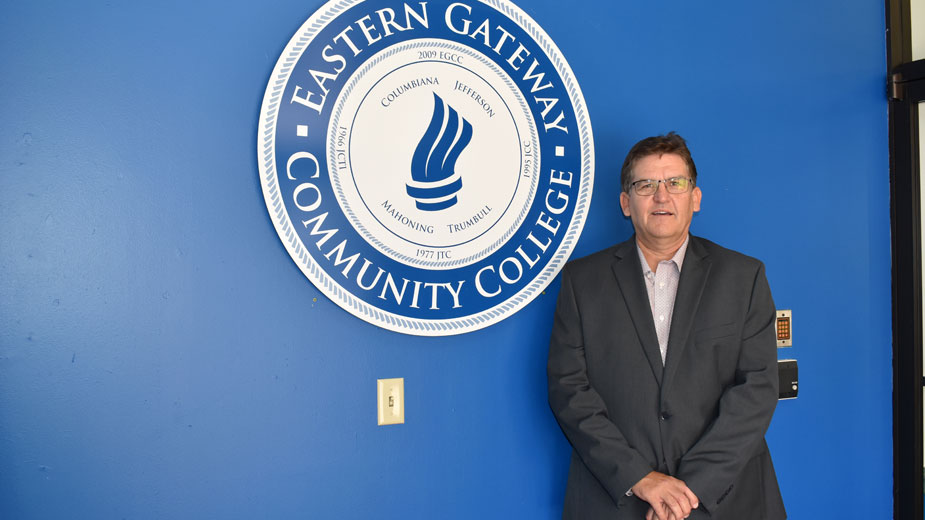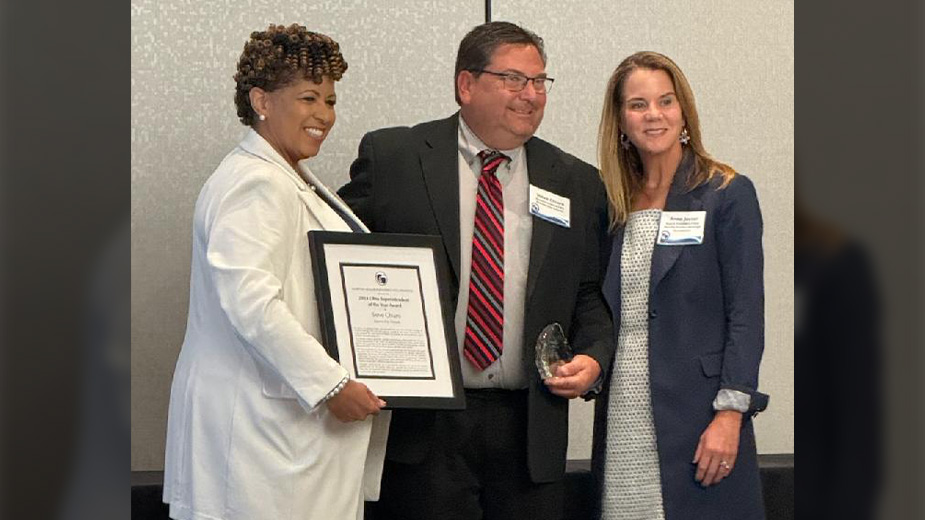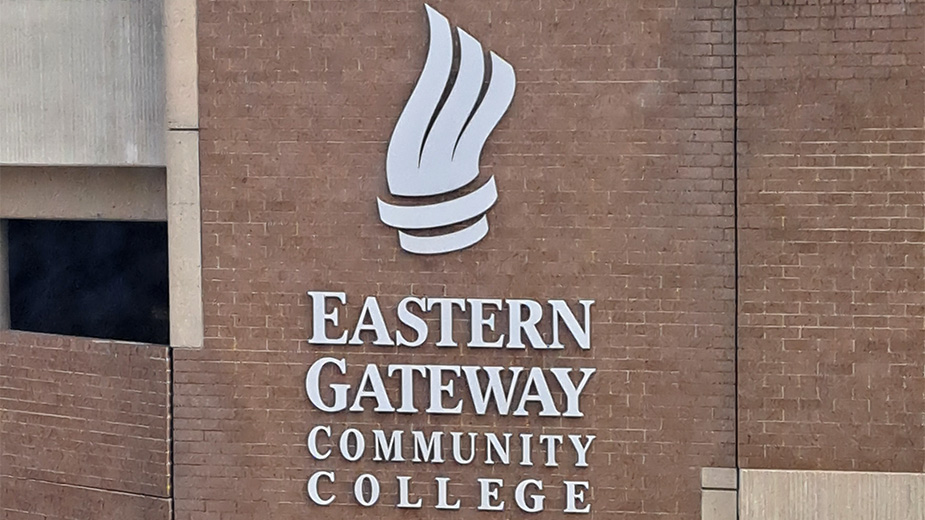State Subsidy Will Help Eastern Gateway Buy Properties
YOUNGSTOWN, Ohio – Preservation of an education subsidy that benefits Eastern Gateway Community College will permit the institution to move forward with the purchase of the three downtown buildings where it now operates.
Under the system in place before enactment of the new two-year budget, community colleges would receive 50% of its per-student subsidy based on each course completed by an Ohio resident, said Jimmie Bruce, president of Eastern Gateway. The other two components of the state subsidy — each worth another 25% — are awarded based on completion of 12, 24 and 36 hours, as well as completion of a degree or certificate, regardless of state of residence.
Language in Gov. Mike DeWine’s proposed budget and the version passed by the Senate would have limited these two components of the subsidy to coursework by Ohio residents. An amendment by state Rep. Jack Cera, D-96 Bellaire, to the version passed by the Ohio House of Representatives removed the Ohio residency requirement for course completions to be counted to qualify for the state subsidy.
This past spring, Eastern Gateway had about 5,500 Ohio residents as students, and another 14,000 non-Ohioans, mostly taking courses online, Bruce said.
“The change that was proposed was to take non-Ohio residents out of the mix [for the subsidy] entirely,” he said. Elimination of the subsidy would have cost the community college more than $1 million this year.
The issue during discussions centered on a “misunderstanding” that money allocated to non-Ohio residents was going out of state, he said. “Actually, the money comes to the institution so Eastern Gateway receives the subsidy,” he said.
Getting that message relayed was “a challenge,” but the conference committee accepted the explanation, said state Sen. Sean O’Brien, D-32 Bazetta. O’Brien served as state Senate minority budget conferee on the committee, giving him the opportunity to advocate for maintaining the subsidy.
Other institutions “might be a little bit jealous” because of Eastern Gateway’s success at growing its enrollment by identifying a niche and filling it, “They thought outside the box and it worked for them, and they got penalized for it,” O’Brien said.
Among the niches Eastern Gateway identified was partnering with labor unions to offer a free college benefit, Bruce said. “We are now working with almost every major labor union in the country,” he said.
The money Eastern Gateway received through the subsidy permitted it to expand the space it leases in downtown Youngstown. It operates in three buildings: Thomas Humphries Hall, 101 E. Federal St.; its student services center, 139 E. Boardman St.; and the recently opened heath and workforce education center, 101 E. Boardman St. Maintaining the subsidy now puts the community college in the position to purchase the three buildings from their current owners.
The three properties are owned respectively by Store Master Funding VI LLC, Scottsdale, Ariz.; RBI Properties LLC, Warren; and the Western Reserve Port Authority, which is based in Mahoning and Trumbull counties.
“We would not be able to do that were it not for our growth both in and out of state and the revenue that came to the college because of it,” Bruce said. The game plan is to purchase all three buildings within the college’s current fiscal year.
The increased enrollment and accompanying growth in subsidies also permitted Eastern Gateway to step in when General Motors announced last year that it would not allocate a new product to its Lordstown plant after production of the Chevrolet Cruze ended in March. In December, it announced that it would offer a free college benefit to families affected by the shutdown.
Owning its own buildings is important on several fronts, Bruce said. Tenants have no control over preventive maintenance, the ability to make renovations is limited and a landlord could announce that the building is being sold. Owning the buildings shows that Eastern Gateway is creating “a stable campus with a long-term vision to be in the downtown area,” and makes the campus buildings eligible for state capital improvement funds, he said.
“Now you have a fixed-base community college in the center of your downtown,” O’Brien said. “It’s reassuring to see that and see that they’re willing to invest in the community.”
Copyright 2024 The Business Journal, Youngstown, Ohio.



